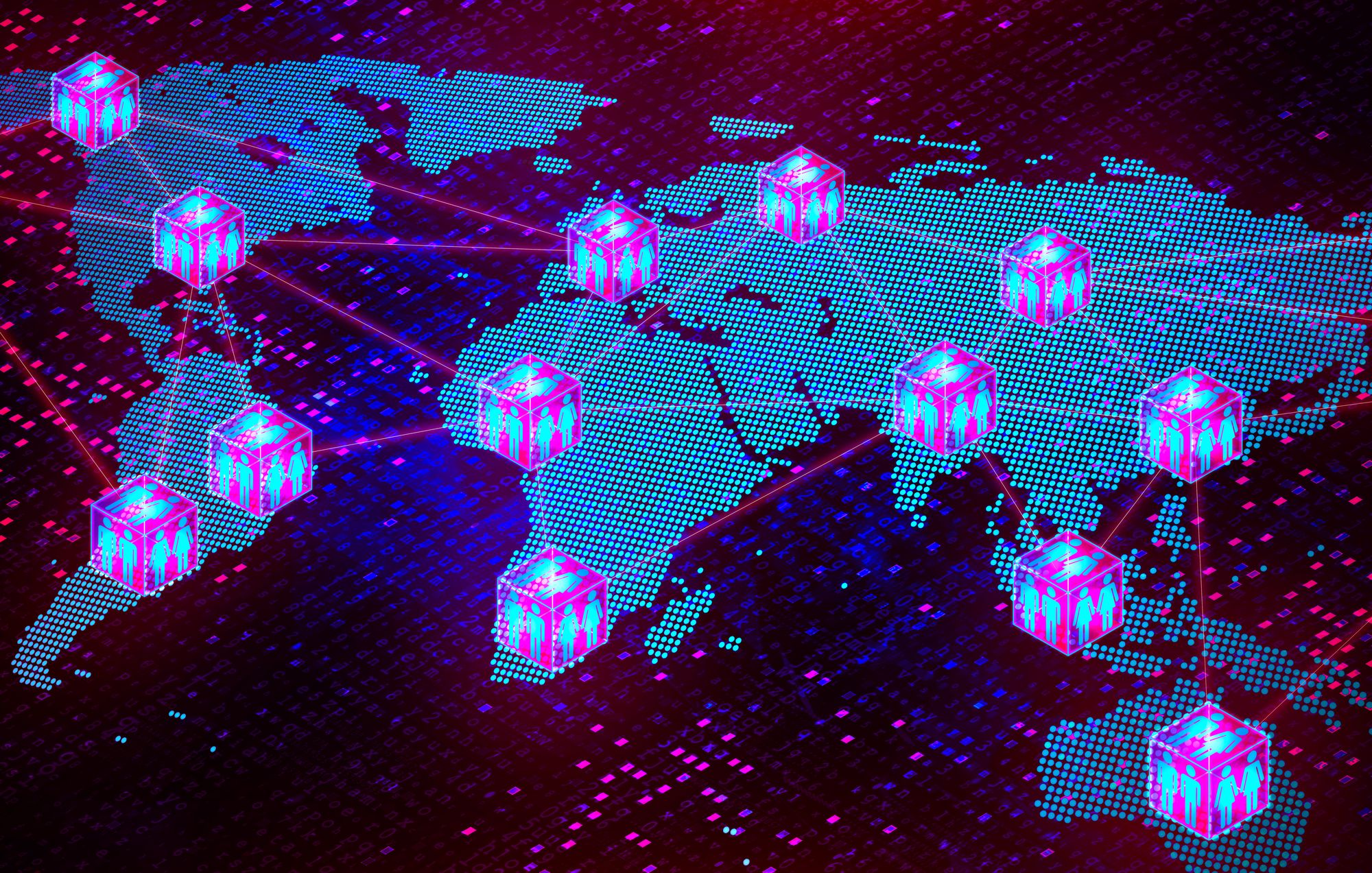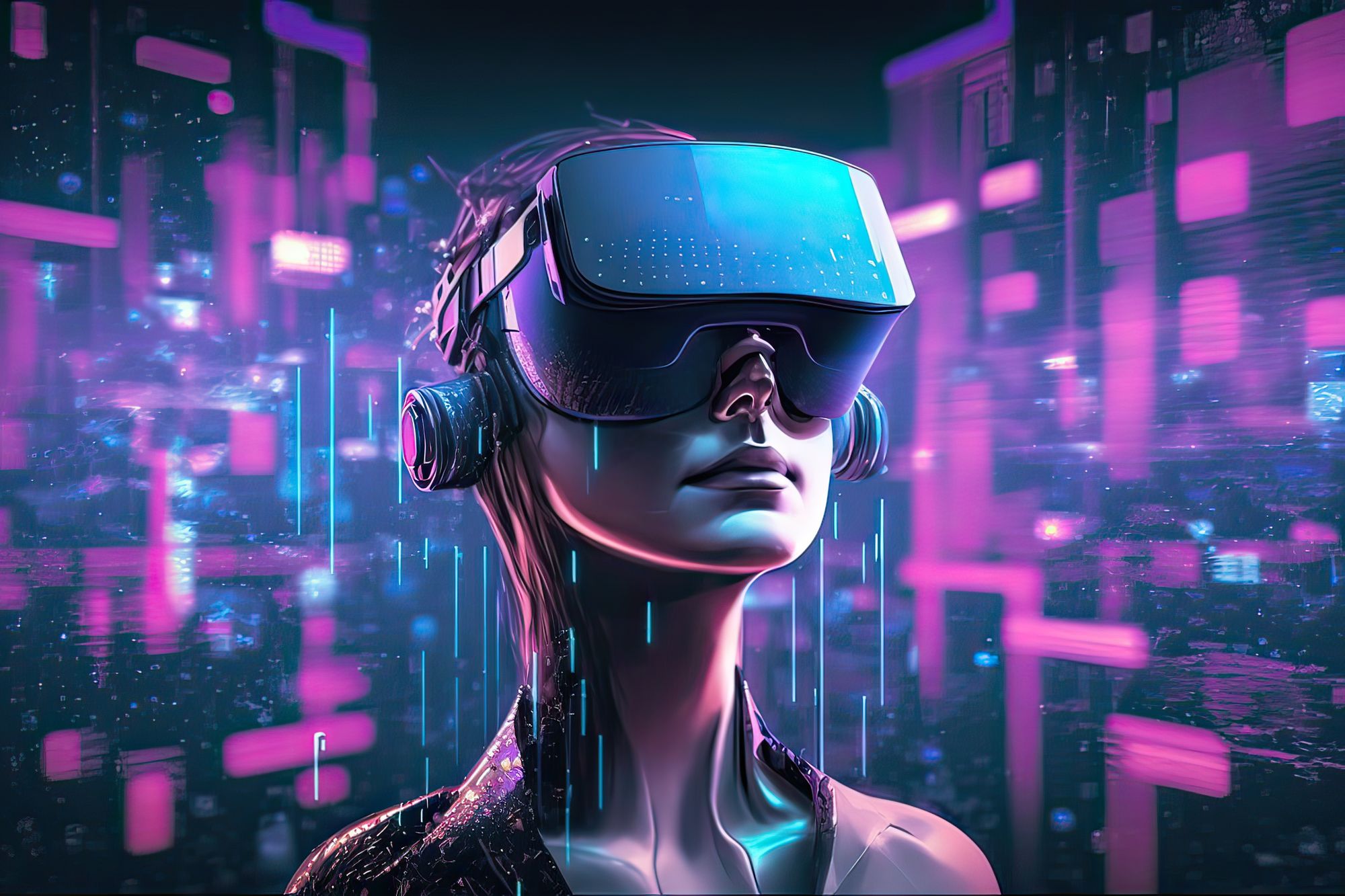What is Web3?
Although the definition of Web3 is still under debate, it is possible to explain its purpose.
Web3 (Web 3.0), as its name suggests, refers to the third generation of the evolution of the Internet (the Web) and is based on the decentralization model. The decentralization of the Internet is the absence of a central authority that manages the different types of transactions carried out on the network. This process can be observed with blockchain technology, which is also based on a decentralized and encrypted structure.

These systems are said to be more secure because of "zero-trust" transactions, which incorporate encryption by default. As a result, to disseminate information and the different types of transactions transmitted on the Web 3.0 network, users must know the legal and regulatory requirements as well as the conceptual practices.
How does this phase of the Web differ from the previous phases?
In the early days of the Internet, Web 1.0 was much like a library, where a person would simply pull out information for reading but could not interact with that information.
Web 2.0 (Web2), which is the second phase of the Internet, has been characterized mostly by the growing importance of user-generated content and social interaction. This considerable shift during this phase has earned it the name of the social Web. This enabled the emergence of the major search engines and discussion, shopping, self-publishing and social media platforms we know today, such as Wikipedia, Google, WordPress, Kindle Direct Publishing (KDP), eBay, Shopify, Facebook and Instagram.
Thus, today's social Web allows users to create vast quantities of information and content, which can be shared and published more easily, in addition to enabling discussion in online communities. This is how Web2, still from this perspective of exchange among Internet users, has also transformed the Internet into a business tool where users buy and sell products.
Supporters of the shift to the Web3 model have found that, while Web2 has made it possible for users to communicate on a global scale, this communication is still facilitated by companies and, increasingly, by large corporations.
Therefore, what sets Web 3.0 apart, as previously stated, is decentralization based on the blockchain technology model, which is protocol-driven and relies on the distributed infrastructure model. This decentralization can take many forms: firstly, technologies that allow users to keep their own data and digital assets, using "smart contracts," such as the concept, ostensibly, of non-fungible tokens, or it can take the form of cryptocurrency, which is based on blockchain technology.

Secondly, there is the model that allows users or communities to create their own space using open-source protocols and software. For example, the following two models are currently in competition: the large, centralized company Twitter versus the "instances" of Mastodon, a social network that was started by people or communities with the available interoperable tools and software.
That being said, there is general agreement regarding the concepts and characteristics of Web1 and Web2. However, it is too early to tell whether Web3, which is still in its infancy, will be as significant and universal a change as Web1 and Web2, or if this is rather a simple aspiration of its supporters that will ultimately be limited to a certain number of activities. The assumptions and expectations about Web3 and its implications will only become known with time and analysis.
What are the potential advantages and disadvantages of adopting Web3 technology?

Supporters cite the following potential advantages:
- enabling enhanced security and privacy of information and data belonging to users;
- preventing the collection of information and data belonging to users through applications and platforms;
- focusing on the individual (unlike Web1 and Web2, which were focused respectively on companies and the community);
- using the "zero-trust" security model as a systemic verification solution to give the minimum access required and grant permissions selectively; this regularization would allow authorized users to access data, applications and networks at any time, provided they prove their identity on a continuous basis.
However, there are the following potential disadvantages:
- While the concern for Web3 enthusiasts is that large corporations exercise too much control, the solution they present is control exercised by multiple people or communities, sometimes without accountability, sometimes without the same regulations, and sometimes anonymously (the idea is that the protocols and technology can replace this control).
- In the same vein, having multiple computers, even up to millions managing the network, complicates the process of authenticating people, and these people can be anyone, making it difficult to hold accountable the users and entities engaging in illegal activities or producing content that may be classified as illegal or harmful.
- There is a lack of standardization of data to control the privacy of users' data and metadata, making it difficult to regulate and to remove illegal or harmful content.
What is the investment?
The evolution of the Internet is a subject that affects everyone who uses it on a daily basis, both at home and in the workplace. To follow the evolution of the Internet in order to remain up to date on its features and use the best resources for the various tasks that require it and the associated applications, it is important for users to stay informed about its transformation, which is only just beginning.
It is therefore important to learn about the impacts of this evolution, security measures, the repercussions on confidential data communicated on the Web, as well as the social risks. In the event that the shift to Web3 becomes more and more of a reality, it would require greater responsibility and individual and social literacy to protect and secure users and their private information.
Courses
- Digital in Practice (DDN202)
- How to Be Digital in the Canadian Public Service (DDN201)
- Achieving Digital Dexterity (DDN217)
Other resources
- eSafety Commissioner | Decentralisation—position statement
- CBC Radio | Web3 reimagines the future of the Internet
- WIRED | The Web3 Movement's Quest to Build a 'Can't Be Evil' Internet
- IEEE Conference Publication | Web 1.0 to Web 3.0—Evolution of the Web and its various challenges
- Les Numériques | Qu’est-ce que le Web3 et comment il pourrait changer la face d’Internet (in French only)

